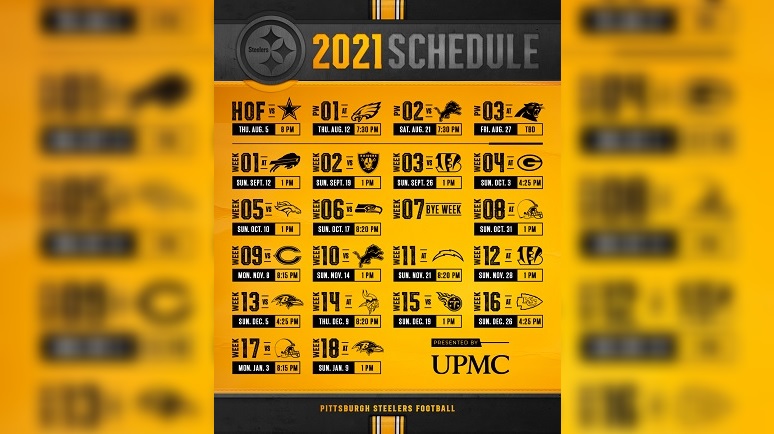The Pittsburgh Steelers’ 2020 season is now in the books, and it ended in spectacular fashion—though the wrong kind of spectacular—in a dismal postseason defeat at the hands of the Cleveland Browns, sending them into an early offseason mode after going 12-4 in the regular season and winning the AFC North for the first time in three years.
Since then, they have lost several players in free agency who were key members of the offense and defense, and multiple starters retired, as well. They made few notable additions in free agency, and are banking on contributions on offense from their rookies, as well as perhaps a last ride for Ben Roethlisberger.
The only thing facing them now as they head into 2021 is more questions, and right now, they lack answers. They know that they have Roethlisberger for one more year, but was that even the right decision? How successful can Najee Harris be behind a questionable offensive line? What kind of changes can Matt Canada and Adrian Klemm bring to the offense? And how can the defense retain the status quote with the losses of Bud Dupree, Steven Nelson, and Mike Hilton?
These are the sorts of questions among many others that we have been exploring on a daily basis and will continue to do so. Football has become a year-round pastime and there is always a question to be asked, though there is rarely a concrete answer, but this is your venue for exploring the topics we present through all of their uncertainty.
Question: How will the Steelers’ estimated strength of schedule actually match up to reality?
The strength of schedule metric as applied to a season not yet commenced is problematic for obvious reasons. It does not at all take into account the changes that have taken place from one season to the next. The Denver Broncos went from an 8-8 team to a 13-3 team when they acquired Peyton Manning, for example. The Indianapolis Colts went from 10-6 to 2-14 without him in 2011.
Of course, the changes aren’t always that dramatic. It is always the case that there will be some teams who are either much tougher or much easier to beat based simply on what transpired in the offseason.
The Steelers are projected to have the toughest schedule in the NFL, with their opponents owning a 2020 winning percentage of .574. Can we reasonably expect their schedule to be representative of that winning percentage?
It seems there is a good argument for that, and possibly even that it will be tougher than the winning percentage suggests. For example, they have three games against top rookie quarterbacks from last season who should be in a better position to produce wins this year. Namely Joe Burrow in two games against the Cincinnati Bengals and Justin Herbert against the Los Angeles Chargers.
The Kansas City Chiefs might not go 14-2 again (although they very well might), but that could potentially be offset by the Baltimore Ravens improving upon their 11-5 record from a year ago. For the most part, the teams they face haven’t seen radical changes from last season that should meaningfully alter their capability of winning games. Perhaps they very well may end up facing the toughest schedule in the NFL this year.








